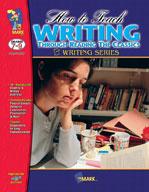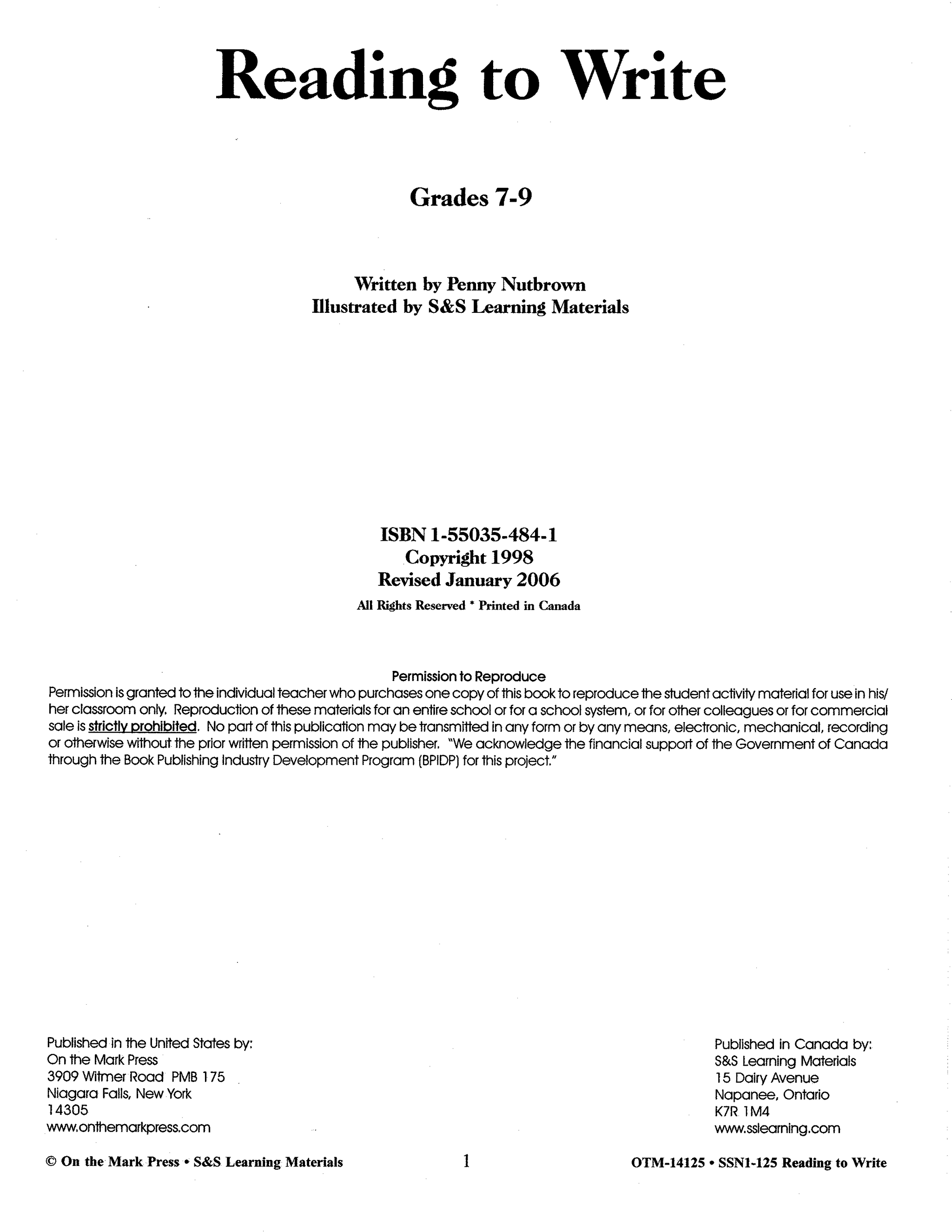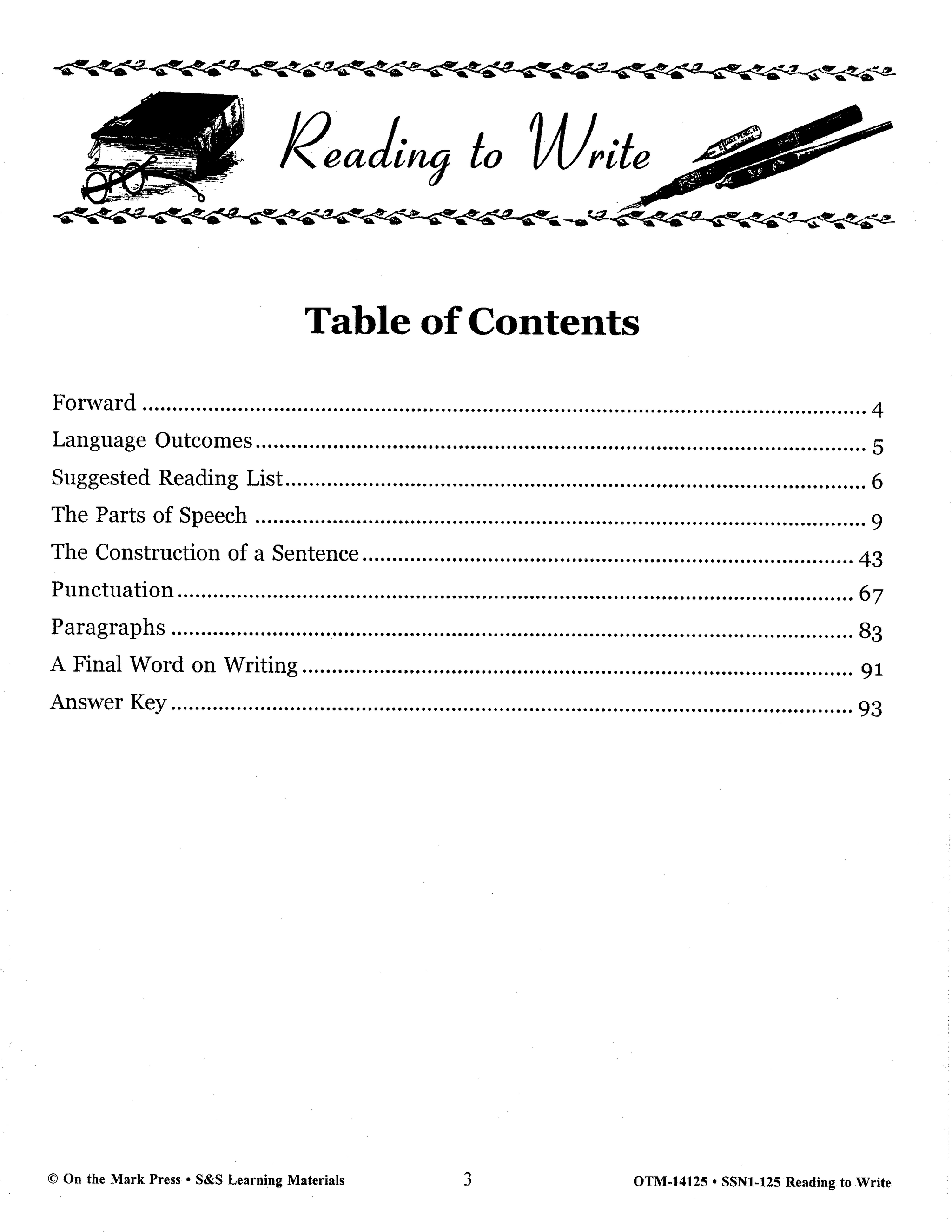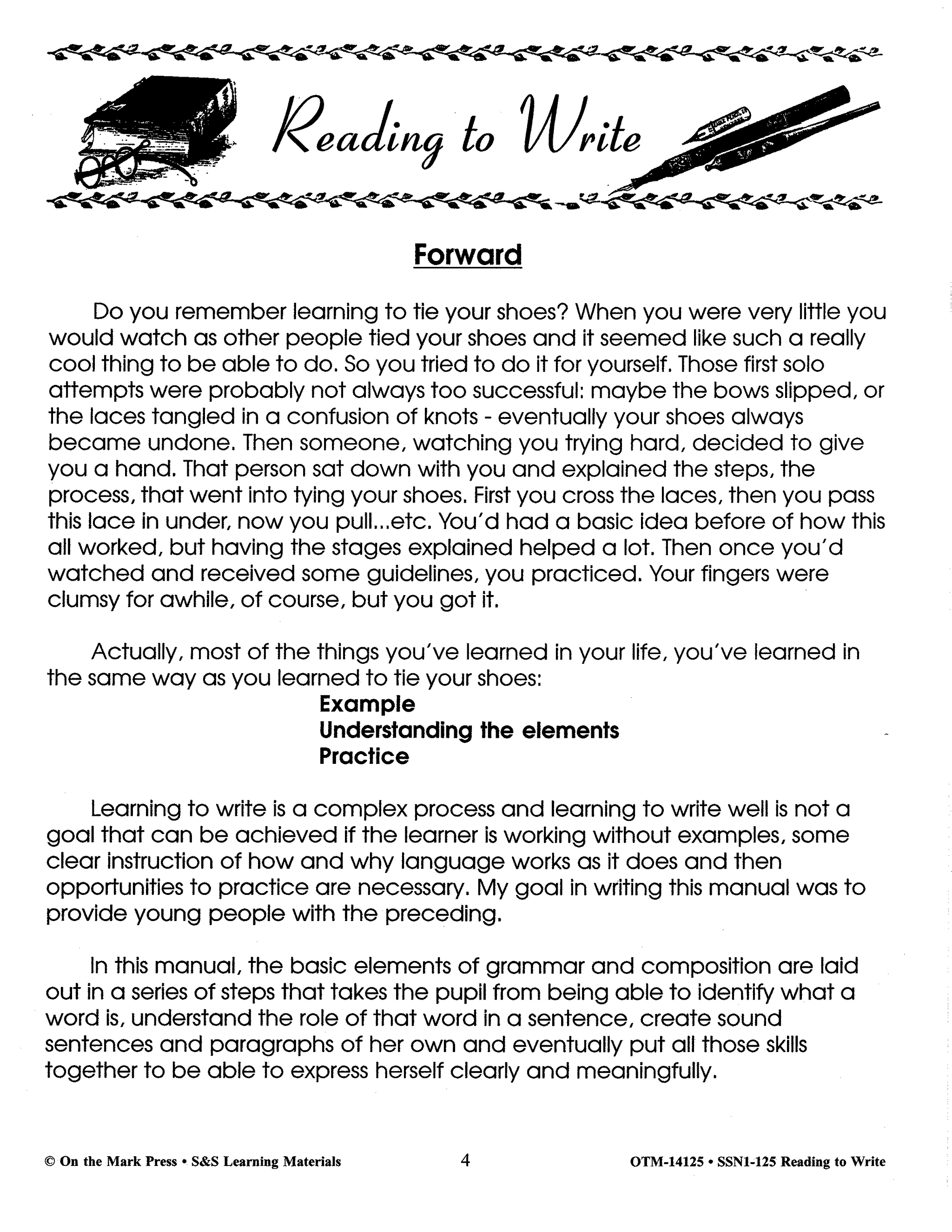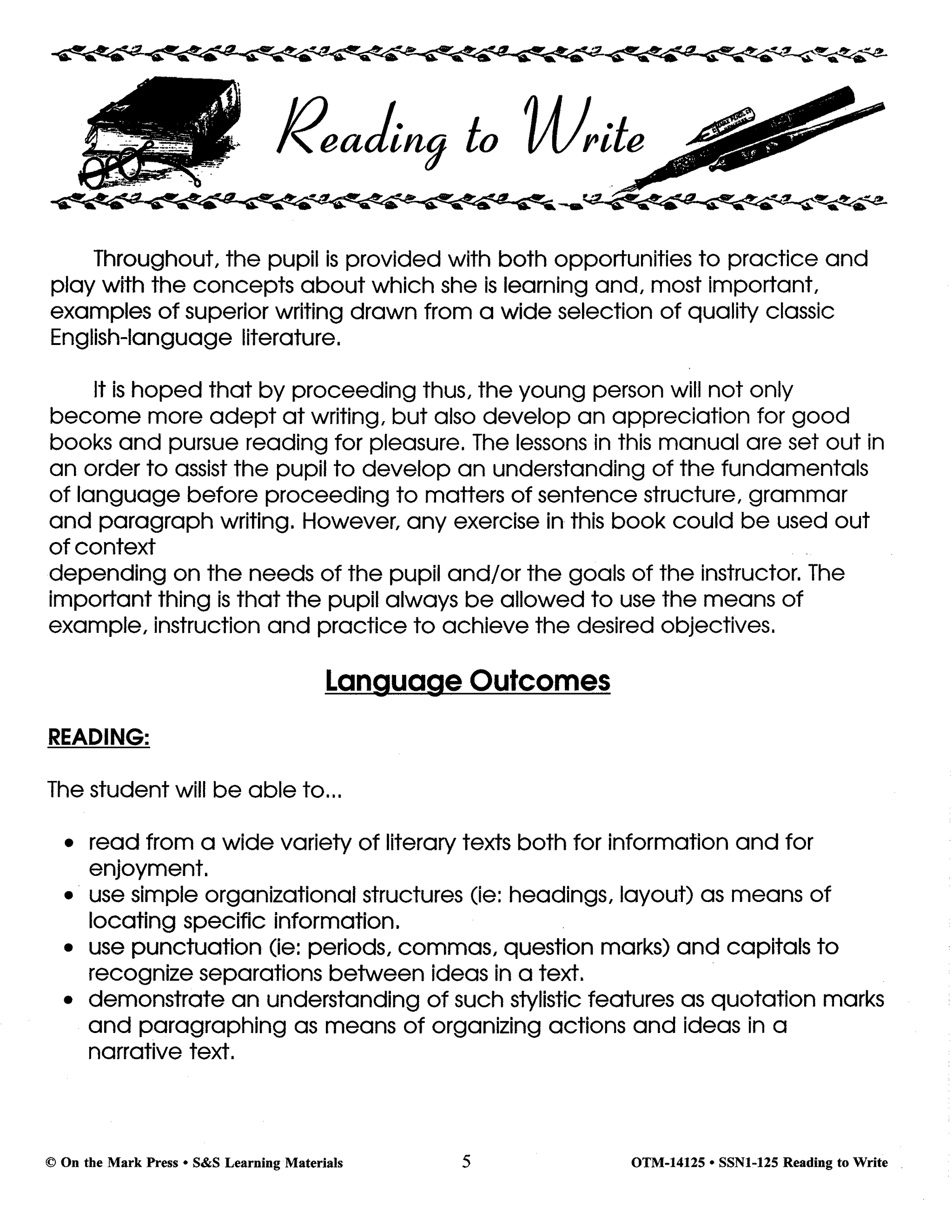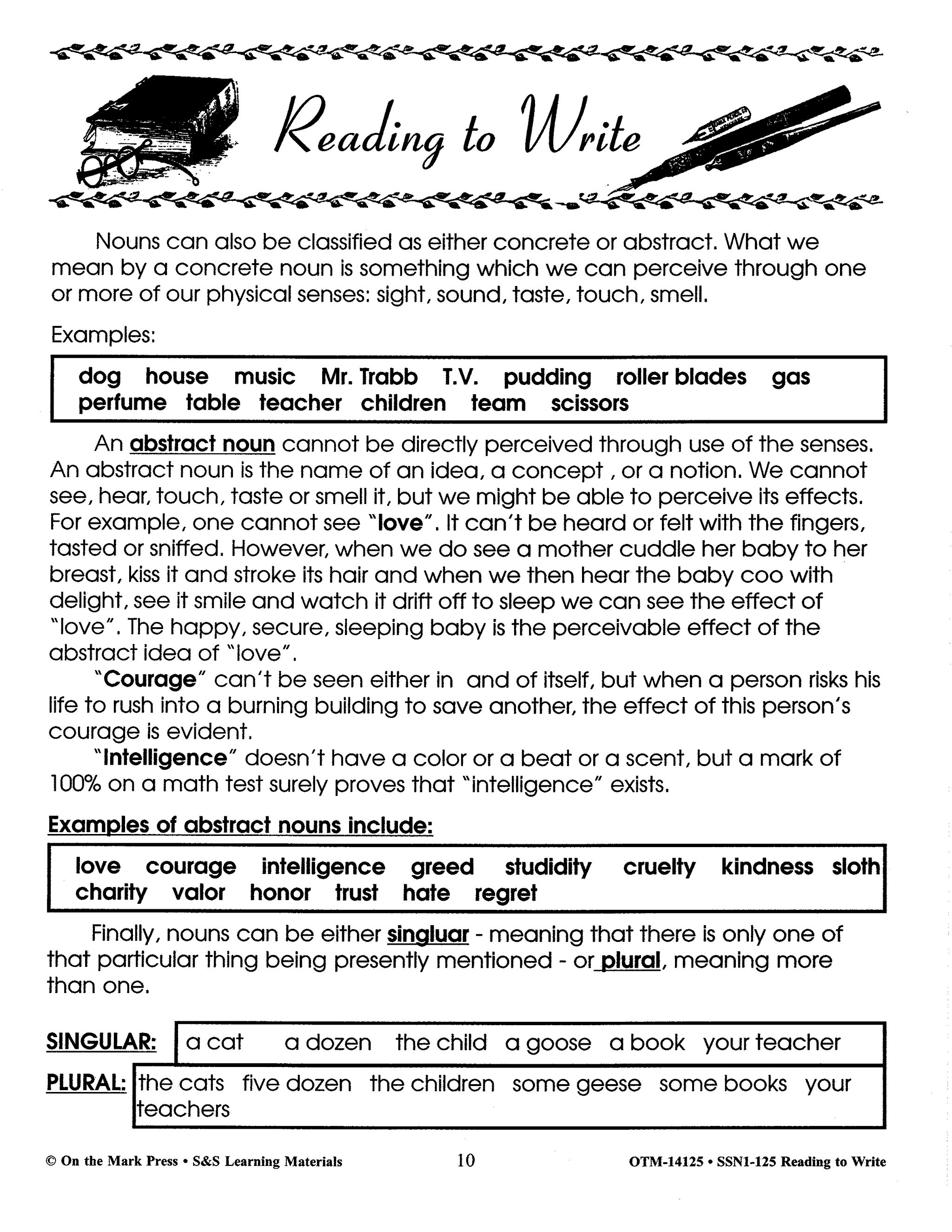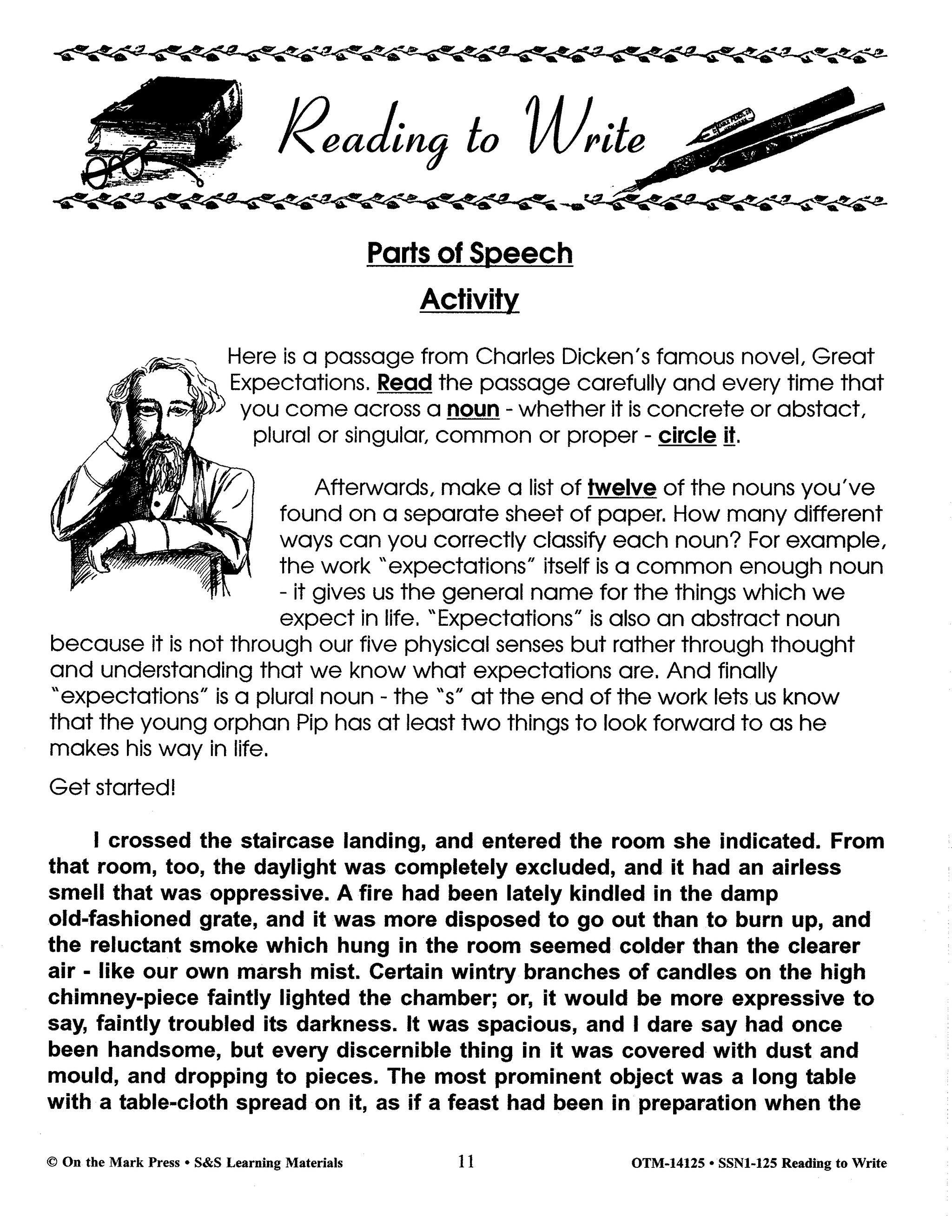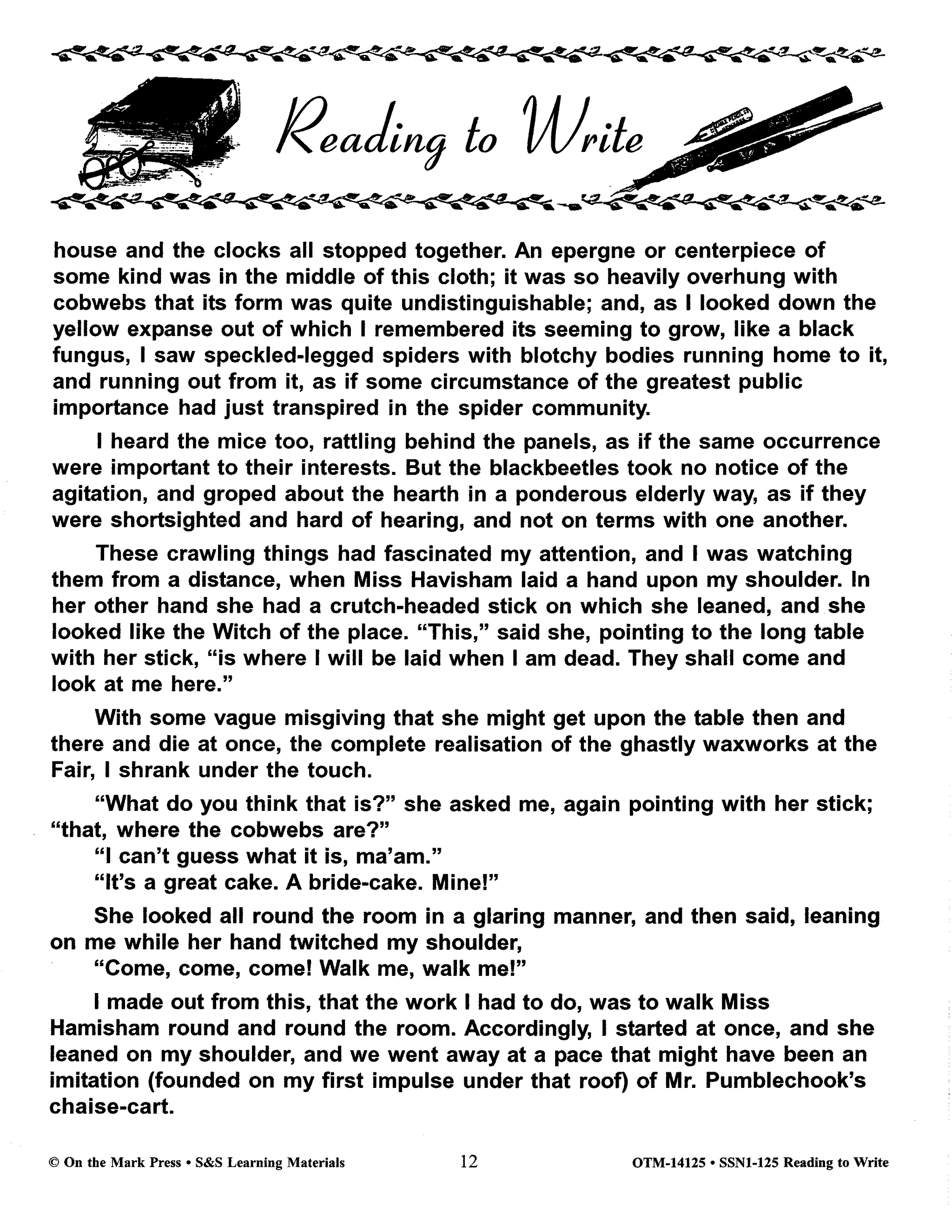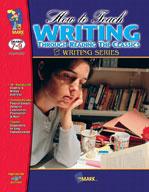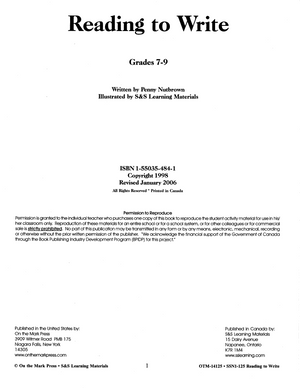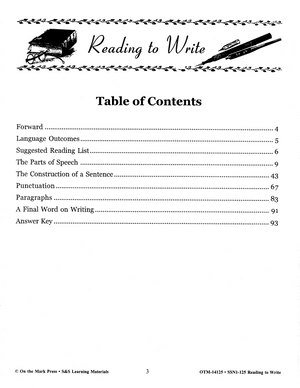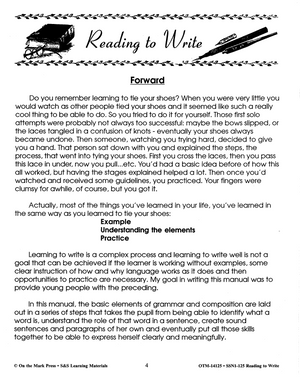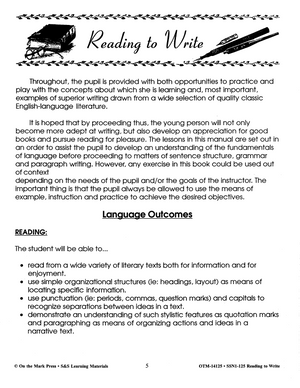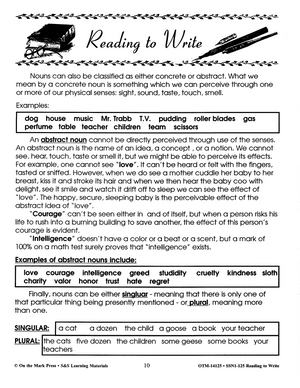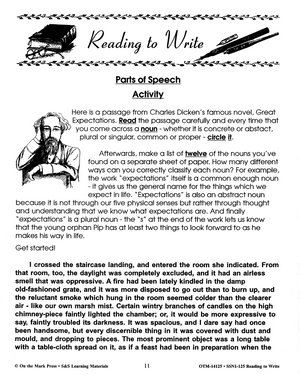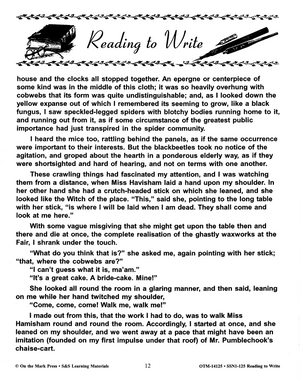How to Teach Writing Through Reading the Classics Grades 7-8
EBOTM14125
$25.99 CAD
Additional information:
- Author : Nutbrown, Penny
Learning to write is a complex process and learning to write well is not a goal that can be achieved if the learner is working without examples, some clear instruction of how and why language works as it does and then opportunities to practice are necessary. My goal in writing this manual was to provide young people with the preceding.
In this manual, the basic elements of grammar and composition are laid out in a series of steps that takes the pupil from being able to identify what a word is, understand the role of that word in a sentence, create sound sentences and paragraphs of her own and eventually put all those skills together to be able to express herself clearly and meaningfully.
Throughout, the pupil is provided with both opportunities to practice and play with the concepts about which she is learning and, most important, examples of superior writing drawn from a wide selection of quality classic English-language literature.
It is hoped that by proceeding thus, the young person will not only become more adept at writing but also develop an appreciation for good books and pursue reading for pleasure. The lessons in this manual are set out in an order to assist the pupil to develop an understanding of the fundamentals of language before proceeding to matters of sentence structure, grammar and paragraph writing.
However, any exercise in this book could be used out of context depending on the needs of the pupil and/or the goals of the instructor. The important thing is that the pupil always is allowed to use the means of example, instruction and practice to achieve the desired objectives.
Reading Outcomes:
- read from a wide variety of literary texts both for information and for enjoyment.
- use simple organizational structures (ie: headings, layout) as a means of locating specific information.
- use punctuation (ie: periods, commas, question marks) and capitals to recognize separations between ideas in a text.
- demonstrate an understanding of such stylistic features as quotation marks and paragraphing as means of organizing actions and ideas in a narrative text.
Writing Outcomes:
- use simple and compound sentences with correct punctuation and use of capitals.
- organize sentences and paragraphs logically to enhance comprehension of the reader.
- use a variety of resources, including the computer, to check spelling and points of grammar in a piece of personal writing.
- organize writing creatively and logically for specific purposes.

